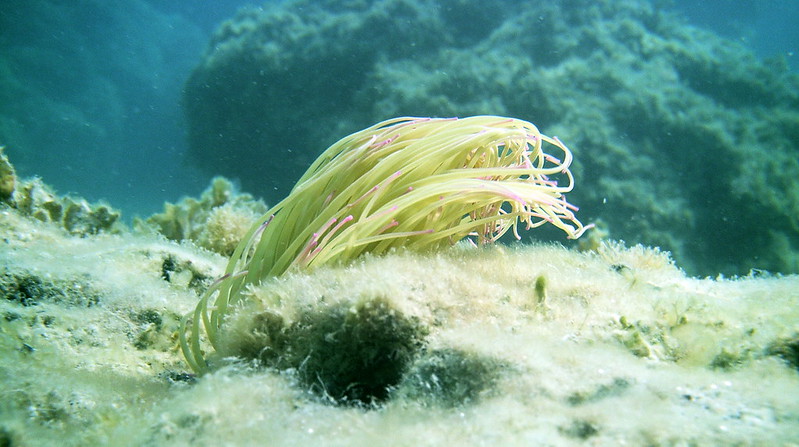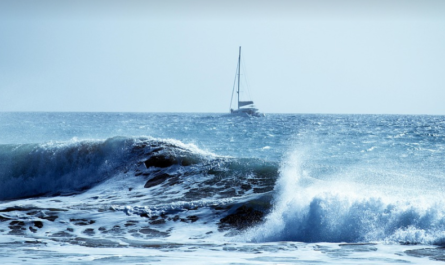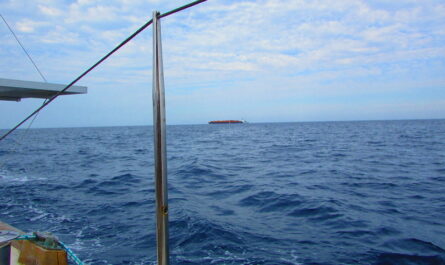Beneath the surface of the Atlantic Ocean lies a hidden world of towering peaks, rugged ridges, and deep valleys—its underwater mountains. Known as seamounts, these submerged formations are geological marvels that rise from the ocean floor but never breach the surface. Often shrouded in mystery, these underwater mountains are hotspots of marine biodiversity and hold clues to Earth’s geological past.
Recent advances in deep-sea exploration technology have unveiled fascinating insights about the Atlantic’s underwater mountains. From unique ecosystems teeming with life to their role in regulating ocean currents, these seamounts are becoming a focal point for scientists and conservationists.
What Are Underwater Mountains?
Underwater mountains, or seamounts, are volcanic in origin and formed by geological processes such as plate tectonics and hotspot activity. The Atlantic Ocean is home to thousands of seamounts, most of which remain unexplored.
Key Characteristics of Seamounts:
- Volcanic Origins: Many seamounts are the remnants of extinct volcanoes, some dating back millions of years.
- Steep Slopes: These features provide unique habitats for marine organisms, acting as “stepping stones” for biodiversity.
- Geographical Spread: The Mid-Atlantic Ridge, a major tectonic boundary, is one of the largest seamount chains in the Atlantic.
Notable Underwater Mountains in the Atlantic
1. The Mid-Atlantic Ridge
Stretching nearly 10,000 miles, the Mid-Atlantic Ridge is the longest underwater mountain range in the world. It divides the Atlantic into eastern and western basins and serves as a hotspot for volcanic and tectonic activity.
- Key Discoveries: Hydrothermal vents along the ridge release mineral-rich fluids that support unique ecosystems, including deep-sea shrimp, tube worms, and thermophilic microbes.
2. The Azores Seamount Chain
Located near the Azores archipelago, this chain includes several prominent seamounts that are biodiversity hotspots.
- Marine Life: The seamounts in this region are home to deep-water coral reefs, sponges, and migratory species like whales and sharks.
3. Vema Seamount
Located southwest of Africa, Vema Seamount is a flat-topped mountain that rises steeply from the ocean floor.
- Scientific Importance: Vema Seamount provides critical data for studying ocean circulation and the impact of seamounts on nutrient upwelling.
Biodiversity of Atlantic Seamounts
Underwater mountains in the Atlantic are oases of life in the vastness of the open ocean. Their steep slopes and nutrient-rich waters create ideal conditions for marine biodiversity.
1. Coral and Sponge Communities
Seamounts provide a hard substrate for deep-water corals and sponges to anchor. These organisms create complex habitats that support a diverse range of species, including fish, crustaceans, and mollusks.
- Cold-Water Corals: Unlike tropical corals, cold-water corals thrive in the dark, cold depths of the Atlantic, forming reefs that can be thousands of years old.
- Sponges: Sponges found on seamounts play a crucial role in filtering water and recycling nutrients.
2. Migratory Species
Seamounts act as waypoints for migratory species such as tuna, swordfish, and marine mammals. The nutrient upwelling around seamounts attracts prey species, creating feeding grounds for larger predators.
- Sharks and Rays: Seamounts are often visited by apex predators like hammerhead sharks and manta rays.
- Whales: Sperm whales and humpback whales frequently congregate around seamounts during their migrations.
3. Unique Deep-Sea Ecosystems
Hydrothermal vents found on some Atlantic seamounts host unique ecosystems fueled by chemosynthesis rather than photosynthesis. These ecosystems are home to species that exist nowhere else on Earth.
New Discoveries from Deep-Sea Expeditions
Advancements in technology, such as remotely operated vehicles (ROVs) and autonomous underwater drones, have revolutionized our understanding of the Atlantic’s underwater mountains.
1. Mapping the Ocean Floor
Modern sonar and mapping technologies have provided detailed images of the Atlantic’s seamounts, revealing previously unknown features.
- Discovery of New Seamounts: Recent expeditions have identified previously undocumented seamounts, expanding our understanding of the ocean’s geology.
- Geological Insights: Studies of seamounts have helped scientists understand plate tectonics, volcanic activity, and the formation of oceanic crust.
2. Unveiling New Species
Deep-sea explorations have uncovered numerous new species inhabiting seamount ecosystems, from bioluminescent jellyfish to unusual fish adapted to high-pressure environments.
- Biological Discoveries: Expeditions near the Mid-Atlantic Ridge have identified novel species of crustaceans and deep-sea fish.
- Microbial Life: Hydrothermal vent ecosystems are rich in microbial life that may hold the key to understanding the origins of life on Earth.
3. Climate Change Indicators
Seamounts serve as natural archives of past climate conditions, with coral skeletons and sediment deposits providing data on historical ocean temperatures and currents.
Threats to Seamount Ecosystems
Despite their remote location, seamount ecosystems face numerous threats, primarily due to human activity.
1. Deep-Sea Mining
Seamounts are rich in valuable minerals such as cobalt, nickel, and rare earth elements. Deep-sea mining operations threaten to disrupt these fragile ecosystems.
- Habitat Destruction: Mining activities can destroy habitats that took thousands of years to develop.
- Biodiversity Loss: Species dependent on seamount ecosystems are at risk of extinction due to habitat degradation.
2. Overfishing
Seamounts are prime locations for deep-sea fishing, targeting species like orange roughy and Patagonian toothfish. Overfishing can disrupt the delicate balance of these ecosystems.
- Bycatch: Fishing gear often unintentionally captures non-target species, including vulnerable marine life like corals and sponges.
- Population Decline: Slow-growing fish species are particularly vulnerable to overfishing, as they cannot replenish their populations quickly.
3. Climate Change
Rising ocean temperatures and acidification pose significant threats to seamount ecosystems.
- Coral Bleaching: Deep-sea corals are not immune to the effects of warming waters and acidification.
- Shifts in Species Distribution: Changes in water temperature can force species to migrate, disrupting existing ecosystems.
The Importance of Protecting Atlantic Seamounts
The ecological and scientific value of Atlantic seamounts underscores the need for conservation efforts. Protecting these underwater mountains is critical for preserving marine biodiversity, advancing scientific research, and maintaining healthy ocean ecosystems.
Conservation Strategies:
- Marine Protected Areas (MPAs): Establishing MPAs around seamounts can regulate fishing, mining, and other human activities.
- Sustainable Fishing Practices: Implementing quotas and using selective gear can minimize the impact on seamount ecosystems.
- International Collaboration: Global initiatives like the United Nations Decade of Ocean Science for Sustainable Development aim to promote the exploration and conservation of seamounts.
Conclusion: Unlocking the Secrets of the Deep
The Atlantic’s underwater mountains are among the last great frontiers of exploration on Earth. These seamounts harbor unique ecosystems, contribute to global biodiversity, and offer invaluable insights into Earth’s geological history. However, they remain vulnerable to human activities and climate change.
By prioritizing research, sustainable practices, and conservation, we can unlock the secrets of these hidden peaks while ensuring their preservation for generations to come. The ongoing discoveries from deep-sea expeditions remind us of the importance of understanding and protecting the vast, interconnected systems that sustain life on our planet.



